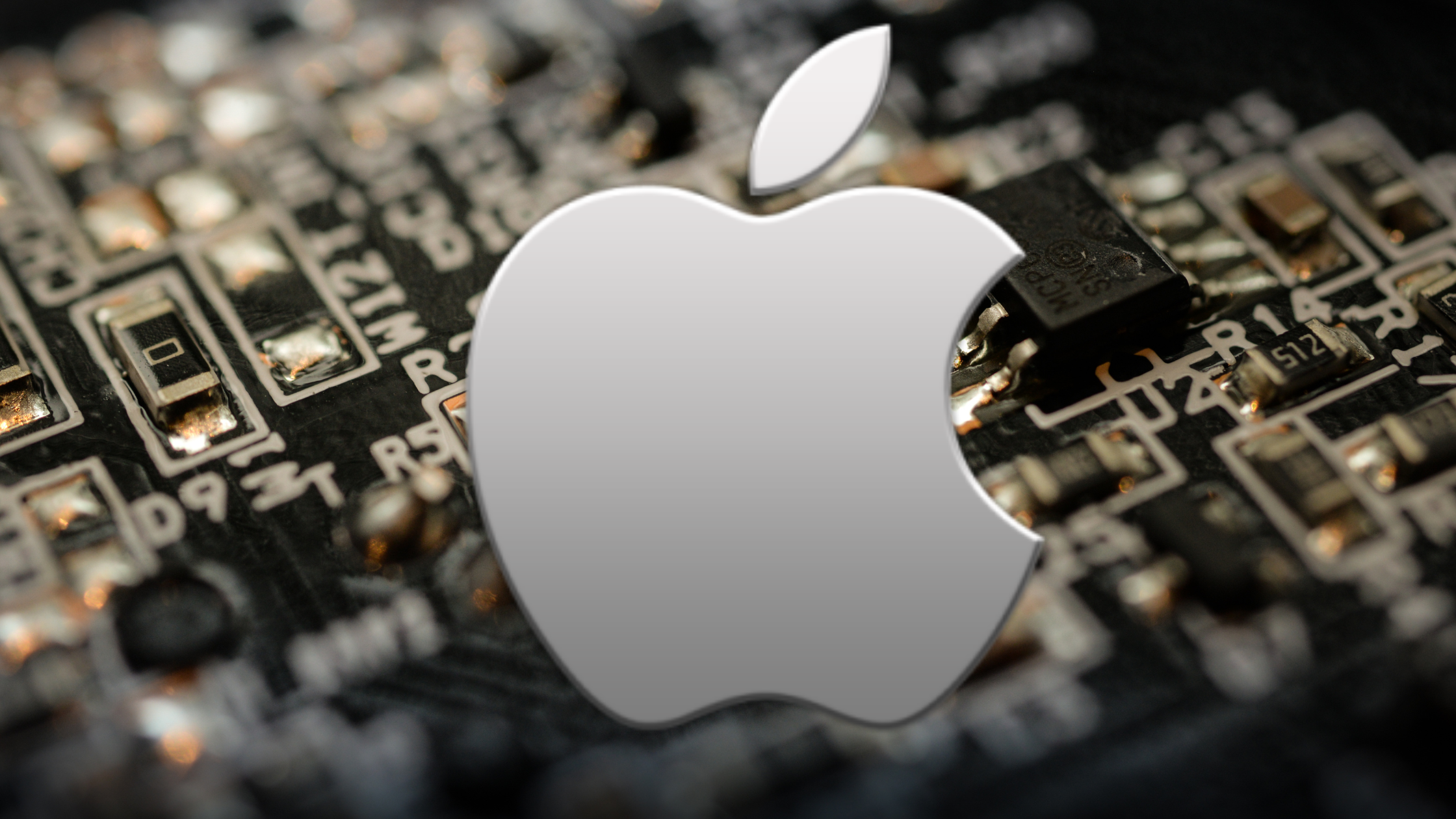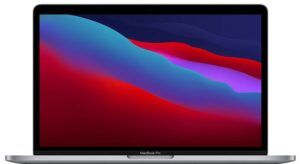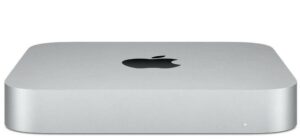Apple released the first Mac in November 2020 with the Arm-based M1 chip, launching the 2020 13-inch MacBook Pro, MacBook Air, and MacMini models.
In early 2021, Apple introduced the M1 iMac and M1 iPad Pro. The M1 chip has become more popular due to its incredible performance and is the result of Apple’s more than a decade of work on chips designed for the iPhone and iPad.
Description of Apple’s M1 chip
The M1 was the first Apple-designed chip (SoC) system used in the Mac. It marks the first step in Apple’s move away from Intel chips, which Cupertino has used in the Mac since 2006.
The M1 integrates many different components, including CPU, GPU, Unified Memory Architecture (RAM), Neural Engine, Secure Enclave, SSD Controller, Image Signal Processor, and Encode / D Code Engine.
Thunderbolt controller. USB 4 support and much more, all powers have different features in Mac.
Before Apple Silicon, the Mac used multiple chips for CPU, I / O, and security, but Apple’s attempt to integrate these chips is why the M1 is different from previous Intel chips.
Very fast and more efficient. The unified memory architecture that Apple has added is also a significant factor, as all the technologies in the M1 can access the same data without switching between multiple poles of memory.
What’s new in M1 chip?
The Apple Silicon M1 uses an arm-based structure like the A-series chips that Apple has been designing for iPhones and iPads for years.
It is the most powerful chip Apple has made to date.
It is similar to the A14 chip of the latest iPhone and iPad Air models, built on a 5-nanometer process from Taiwan Semiconductor Manufacturing Company (TSMC). Is. TSMC makes all of Apple’s chips and has been doing so for many years.
Mac with M1 chip
Apple has released the 2020 Mac mini, MacBook Air, and 13-inch MacBook Pro with M1 chips, replacing low-end machines in online apps. Apple has also presented M1 versions of the iMac and iPad Pro.
|
|
Check out the current price here |
|
|
Check out the current price here |
|
|
Check out the current price here |
|
|
Check out the current price here |
|
|
Check out the current price here |
Apple M1 Speed
The M1 chip gives up to 3.5x faster CPU performance, 6x speedier GPU performance, and 15x quicker machine learning capabilities than Intel chips used in older generation machines.
As compared with the latest PC laptop chips, the M1 offers 2x faster CPU performance and uses only 25% power.
Battery age
Even with the incredible speed improvement that the M1 chip brings, it is more battery efficient than any other Mac chip released by Apple.
The M1 Mac has a battery life of 2x longer than previous-generation Macs.
The most extended battery life is the Mac 13-inch MacBook Pro, which lasts up to 20 hours. It is double the battery life of the previous generation model.
Intel Comparison
Apple used the M1 chip in lower and Mac, and when it comes to CPU performance, the M1 outperforms even the top chips utilized in Intel Apple’s notebook lineup.
The M1 chip has multi-core performance and is the fastest single-core performance of any Mac.
Mac mini and Intel 13-inch MacBook Pro models are still being sold by Apple and feature substantially better CPU speeds in the M1 variants.
Due to poor performance, it is not a good idea to buy a non-M1 version of the 13-inch MacBook Pro or ac Mac mini at this time unless it is compatible with x86 apps and the settings to run Windows are a cause for concern.
In the future, other Macs in Apple’s lineup will be replaced by Apple Silicon chips, something to remember when considering a purchase.
At the moment, Apple’s advanced notebooks and desktops still offer high GPU performance, but this may change in the future when newer versions of the apple Silicon chips debut.
M1 safety features
Previously, security and other functions on Macs were handled by a separate T2 chip integrated into Intel Macs. It is no longer necessary with M1 chips, which have this capability built-in.
Built-in Secure Enclave manages storage controllers with Touch ID and AES encryption technology, allowing quicker and more secure performance from SSDs.
M1 Pro, M1 Max, and M1 Ultra
Apple followed the M1 Pro and M1 Max with the M1 chip, which was introduced in October 2021 in 14 and 16-inch MacBook Pro machines.
The M1 Pro and the M1 Max are faster variants of the M1, both chips equipped with a 10-core CPU with two high-performance cores and eight high-power cores.
There are 14 and 24-core variants available for lower-end MacBook Pro models and an 8-core M1 Pro processor for the M1 Pro.
However, the 1M1 Max has a 32-core GPU. The most affordable 14-inch computer. Also, in 2022, Apple will release the M1 Ultra, which is two times the speed of the M1 Max.
Related Article:
Running apps on M1 Macs
Since the M1 chip uses a variety of architectures, Apple has developed tools to allow developers to create universal app binaries that run seamlessly on both Apple Silicon and Intel chips, as well as translating Rosetta 2.
Layered layer that allows x86 apps to run on M1. Initially introduced in 2006 to enable PowerPC applications to run on Intel-based Macs when Apple switched from PowerPC to Intel, Rosetta 2 is a rethink of the original technology.
M1 Macs can run Intel-based software with minimal performance hits thanks to Rosetta 2. Due to the M1’s performance enhancements, most software operates simultaneously on both Intel and M1 Macs.
Final Thought
Everything should function as expected when transitioning to M1 Macs, and over a few years, you will likely build the most popular Mac apps to run on the M1 Macs natively.
Right now, one significant compromise when choosing an M1 Mac.
Because of this, M1 Macs cannot run Windows under Boot Camp, but some users have found workarounds. Support from Microsoft could be forthcoming, but it is dependent on the company releasing a version of Windows-based on Arm architecture to the general public.





